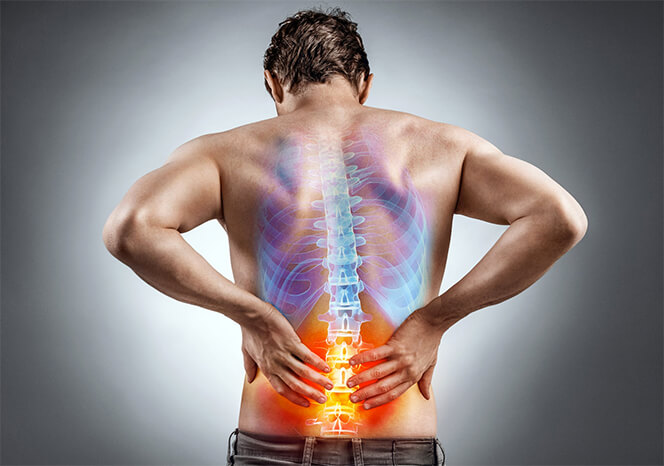Multiple vertebrae make up the spinal canal and between each bone is an opening called the spinal space. The spinal canal protects the spinal cord and nerve roots from any mechanical damage and the opening where the spinal cord spaces. However, the space can become narrow along any part of the spine due to various reasons, such as osteoarthritis, which causes spine degeneration. The commonly affected areas include the neck and lower back region. Patients with lumbar spinal stenosis in Huntington may experience back pain, leg weakness, and loss of sensation in the leg or foot.
What causes lumbar spinal stenosis?
The spinal space can become narrow due to wear and tear that occurs as you advance in age. Although some people are born with a smaller spinal space, most of the time, the narrowing is a result of something. Here are some of the causes of spinal stenosis.
- Herniated discs
The vertebral column contains small discs which act as shock absorbers and offer support to the spine. These discs have a tough outer covering called the annulus, covering the inner soft materials or nucleus. However, the membrane can develop a weak spot, and the disc can push through into the spinal space. The spinal space is limited, and the presence of the disc there narrows the canal even more. Most patients with a herniated disc have no symptoms, but if the disc presses on a nerve, it produces pain, among other symptoms like numbness and muscle weakness.
- Bone overgrowth
Age-related problems such as osteoarthritis cause wear and tear damage to bones in your body. They can also affect your spine area. Bone degeneration prompts bone spur formation, which may occur in the spinal canal. Other conditions like Paget’s disease are also associated with bone spurs formation along the spine.
- Abnormal growths
Although this hardly occurs, tumors can grow inside the spinal cord, narrowing the space. Imaging tests such as Computed Tomography and Magnetic Resonance Imaging help your doctor identify the tumors.
- Thickened ligaments
Ligaments are rigid structures that hold the vertebrae in place. They may thicken and become stiff as you grow older. Because of their increased volume, they occupy more space, including the spinal canal.
What is the treatment for spinal stenosis?
Lumbar spinal stenosis has no cure, but specialists use different treatment methods to manage symptoms. The type of treatment approach your doctor uses depends on the extremity of your symptoms and other factors like your overall well-being. Your doctor can use various treatment methods, including:
Medications
- Over-the-counter pain relievers. These include drugs such as ibuprofen which your doctor may recommend to offer pain relief temporarily.
- Antidepressants can be an option if the pain is constant and severe. Examples of these drugs include amitriptyline.
Physical therapy
Alongside medication, physical therapy can be used to reduce pain and prevent muscle weakness. A physical therapist can guide you through exercises that help strengthen your muscle improve your balance and your spine’s flexibility.
Sometimes surgery is an option for patients who don’t find relief with other conservative treatments. If you want to learn more about lumbar spinal stenosis, schedule for consultation with your doctor at George Kakoulides, MD.





